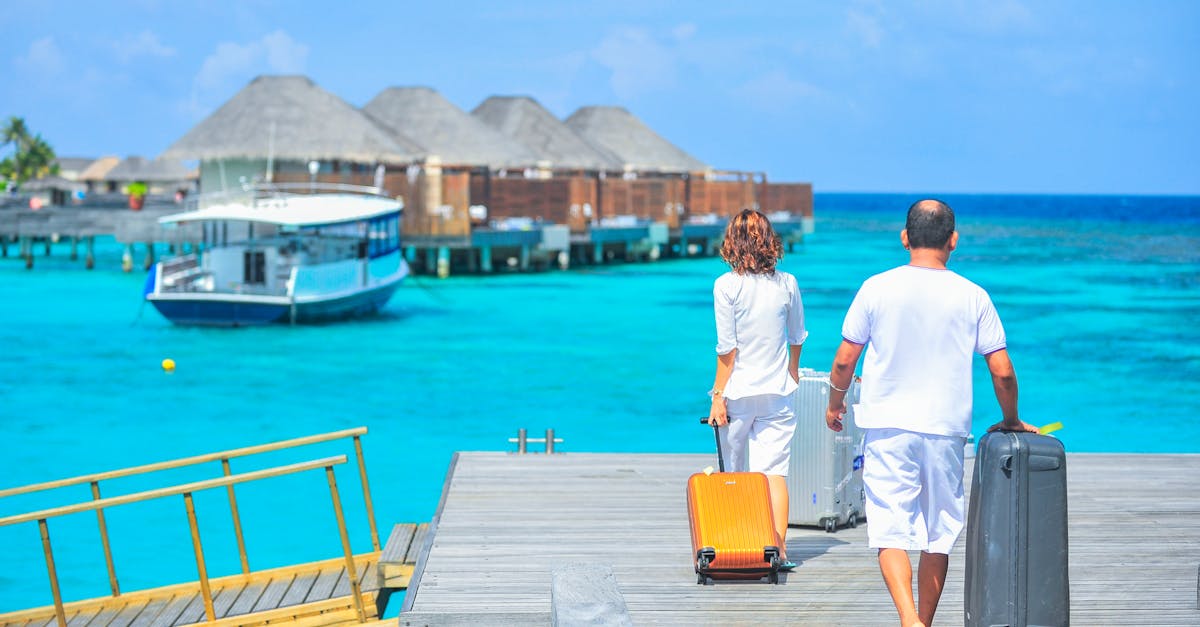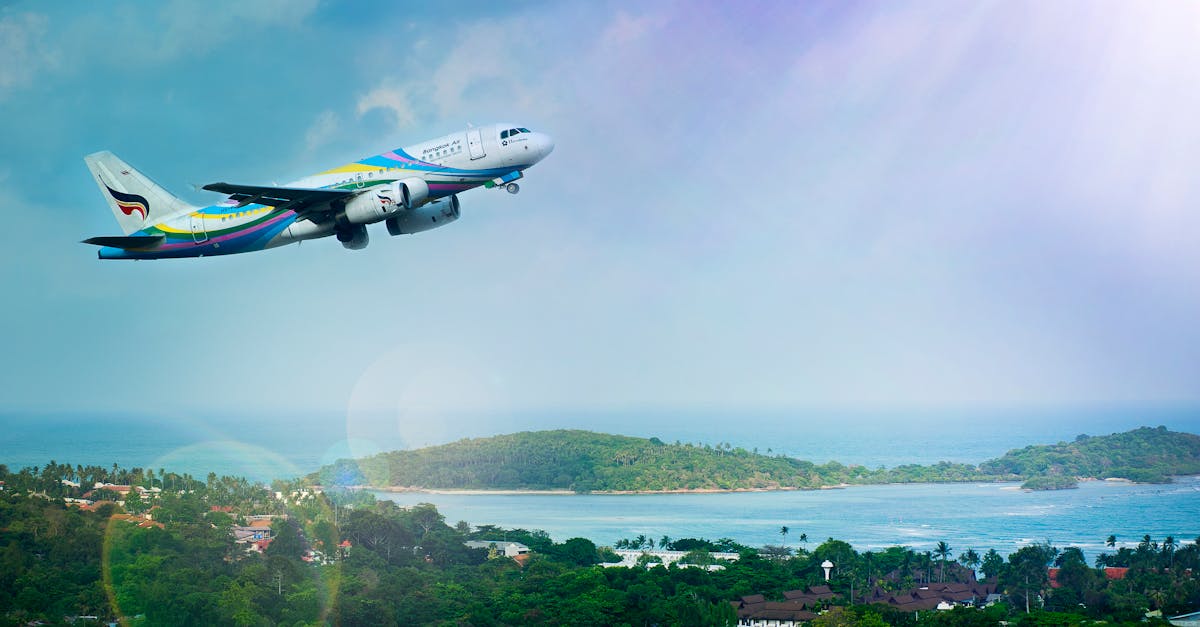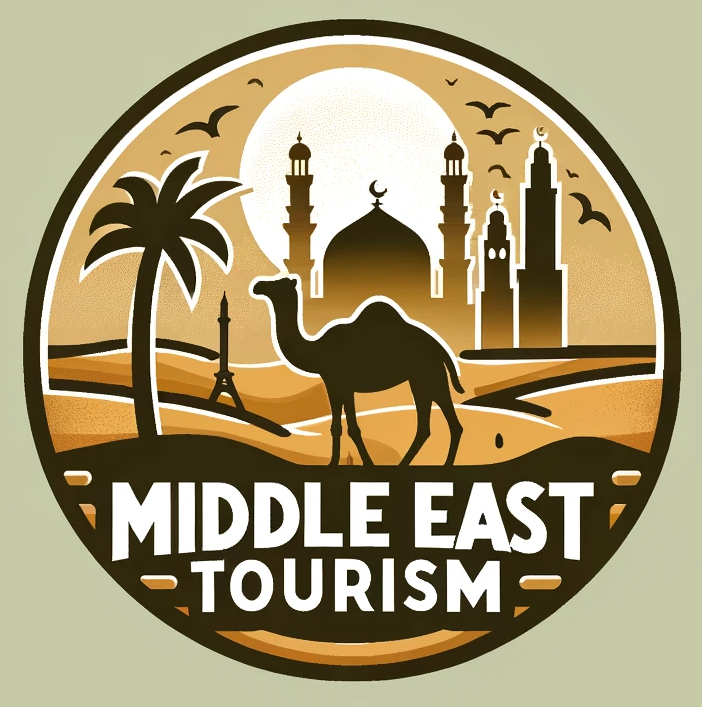Discover the enchanting world of Middle Eastern tourism with our comprehensive language guide. Uncover the cultural gems and navigate the vibrant destinations of the Middle East with ease. Join us on a linguistic journey through this captivating region!
middle east tourism: an overview

The Middle East region is a diverse and captivating destination for travelers seeking unique experiences, rich history, and warm hospitality. From the bustling markets of Marrakech to the stunning beaches of Dubai, the Middle East offers a blend of ancient traditions and modern luxury. Let’s explore the latest trends and developments shaping Middle East tourism.
EMEA Travel Search Trends and Queries
Recent data on EMEA travel search trends and queries indicate a growing interest in Middle East tourism. Travelers are increasingly seeking out experiences in countries like Jordan, Egypt, and the United Arab Emirates. Popular searches include historical sites, luxury resorts, and culinary experiences unique to the region.
UNWTO’s Middle East Members Meet in Jordan
The United Nations World Tourism Organization’s recent meeting in Jordan highlighted the importance of collaboration among Middle East nations to promote sustainable tourism practices. By working together, countries in the region can create a cohesive strategy to attract visitors while preserving their cultural heritage and natural landscapes.
Enhancing Tourism Ties with China
Middle East nations are actively seeking to enhance their tourism ties with China, a key market for international travelers. By marketing their tourism offerings to Chinese visitors and establishing direct flights and visa agreements, countries in the Middle East aim to tap into the growing demand for travel experiences in the region.
Outlook for the Middle East’s Travel Sector
Despite challenges posed by the global pandemic, the Middle East‘s travel and tourism sector remains resilient. With innovative marketing campaigns, partnerships with online travel agencies, and a focus on health and safety, Middle East countries are poised for a recovery in the post-COVID era.
Homegrown Travel Brands
Homegrown travel brands in the Middle East are playing a key role in diversifying distribution channels and offering unique experiences to travelers. By leveraging technology and local expertise, these brands are catering to the evolving needs of modern tourists and promoting lesser-known destinations within the region.
World Cup Fever and Tourism Boom
As Qatar prepares to host the FIFA World Cup, excitement is building across the Middle East region. The tournament is expected to bring a surge in tourism as football fans flock to the country and explore neighboring destinations. Middle East nations are gearing up to showcase their hospitality and cultural riches to the world.
Remarkable Growth in Hotel Industry
The hotel industry in the Middle East has seen remarkable growth in occupancy rates and daily rates, signaling a strong demand for accommodation options in the region. From luxury resorts to budget-friendly hotels, travelers have a diverse range of choices when planning their stays in Middle East destinations.
Performance of Top Tourism Markets
An analysis of how the Middle East‘s top tourism markets performed in 2017 reveals insights into traveler preferences and industry trends. Countries like Turkey, Egypt, and the UAE continue to attract millions of visitors each year, thanks to their iconic landmarks, world-class hospitality, and diverse attractions.
By staying abreast of the latest developments and trends in Middle East tourism, travelers can embark on unforgettable journeys that combine cultural immersion, scenic beauty, and warm hospitality in this vibrant region.
common languages in the middle east

Exploring the rich tapestry of language diversity in Middle Eastern tourism offers a unique insight into the vibrant cultures and traditions of this region. From the bustling markets of Morocco to the ancient heritage sites of Saudi Arabia, language diversity plays a significant role in enhancing the travel experience for visitors. Let’s delve deeper into how language diversity shapes the tourism landscape of the Middle East.
The Cultural Mosaic of Language in Middle Eastern Tourism
One of the most fascinating aspects of Middle Eastern tourism is the diverse array of languages spoken across the region. Arabic, being the predominant language, serves as a common thread connecting countries like Egypt, Lebanon, and Sudan. However, visitors will also encounter various dialects, such as Moroccan Arabic or Gulf Arabic, adding layers of linguistic richness to their travel experiences.
Language as a Gateway to Cultural Immersion
For travelers seeking authentic cultural immersion, mastering a few key phrases in the local language can open doors to unique interactions and meaningful connections. Whether bargaining in the souks of Marrakech or savoring traditional cuisine in Beirut, speaking a few words of Arabic can enrich the travel experience and foster a deeper appreciation for the local way of life.
The Role of Multilingualism in Sustainable Tourism
In the context of sustainable tourism, promoting multilingualism can help bridge communication gaps between tourists and locals, fostering mutual understanding and respect. By encouraging language learning initiatives and offering language classes for visitors, destinations in the Middle East can create a more inclusive and welcoming environment for a diverse range of travelers.
Preserving Indigenous Languages in Tourism
As tourism continues to grow in the Middle East, there is a growing awareness of the importance of preserving indigenous languages and dialects. Initiatives that highlight the linguistic heritage of regions like Sudan or Saudi Arabia not only contribute to the preservation of cultural identity but also offer travelers a unique opportunity to engage with local communities in a meaningful way.
In conclusion, language diversity is a cornerstone of Middle Eastern tourism, enriching the travel experience and fostering cross-cultural exchange. By embracing and celebrating the myriad languages spoken across the region, travelers can embark on a journey of discovery that goes beyond sightseeing, allowing them to truly connect with the heart and soul of the Middle East.
useful phrases for travelers

best apps for traveling when you don’t speak the language
When traveling to a foreign country where you don’t speak the language, technology can be your best ally. Language apps are essential tools that can help you navigate different situations. Some popular options include:
– Google Translate: Offers translation for over 100 languages, including text, speech, and images.
– Duolingo: A fun and interactive way to learn basic phrases and vocabulary.
– Babbel: Tailored language courses to help you communicate effectively during your travels.
words and terms that should be avoided
When traveling, it’s important to be mindful of the words and terms you use, as some may be considered inappropriate or offensive in certain cultures. Avoiding slang and offensive language is crucial to respecting local customs. Be cautious when using expressions that you are not familiar with to prevent misunderstandings.
7 of the best language apps for travelers
Having the right language app on your phone can be a lifesaver when you find yourself in a situation where you need to communicate. Here are seven of the best language apps for travelers:
1. Rosetta Stone: Known for its immersive approach to language learning.
1. TripLingo: Provides useful phrases, cultural information, and even a tip calculator.
1. HelloTalk: Connects you with native speakers for real-time language practice.
1. Memrise: Uses machine learning to adapt to your learning style.
1. Pimsleur: Focuses on conversational skills through audio lessons.
1. Tandem: Matches you with language exchange partners worldwide.
1. FluentU: Uses video content to improve language skills in context.
new phrases that have sprung up since lockdown
The COVID-19 pandemic has brought about a new set of travel-related phrases that have become commonplace. Terms like “social distancing,” “contactless payments,” and “quarantine rules” are now part of everyday conversations. Being familiar with these new phrases can help you navigate the current travel landscape more effectively.
12 hilarious lost-in-translation phrases from around the world
Language barriers can sometimes lead to funny misunderstandings. Here are 12 hilarious lost-in-translation phrases from different countries:
– In Spanish, “Estoy constipado” means “I have a cold,” not “I’m constipated.”
– In French, “Baiser” means “to kiss,” but in colloquial language, it can mean something entirely different.
– In Japanese, “Arigatou” means “Thank you,” not “I want to mature.”
top 5 sayings you need to know in Spanish before going to Mexico
If you’re planning a trip to Mexico, mastering a few essential Spanish sayings can enhance your travel experience. Here are the top five sayings you should know:
1. ¿Dónde está el baño? – Where is the bathroom?
1. ¿Cuánto cuesta? – How much does it cost?
1. ¡Salud! – Cheers!
1. ¡Gracias! – Thank you!
1. ¿Cómo estás? – How are you?
By familiarizing yourself with these useful phrases and language apps, you can confidently navigate your travels and engage with the local culture and people. Remember, communication is key to creating memorable and enriching travel experiences.

